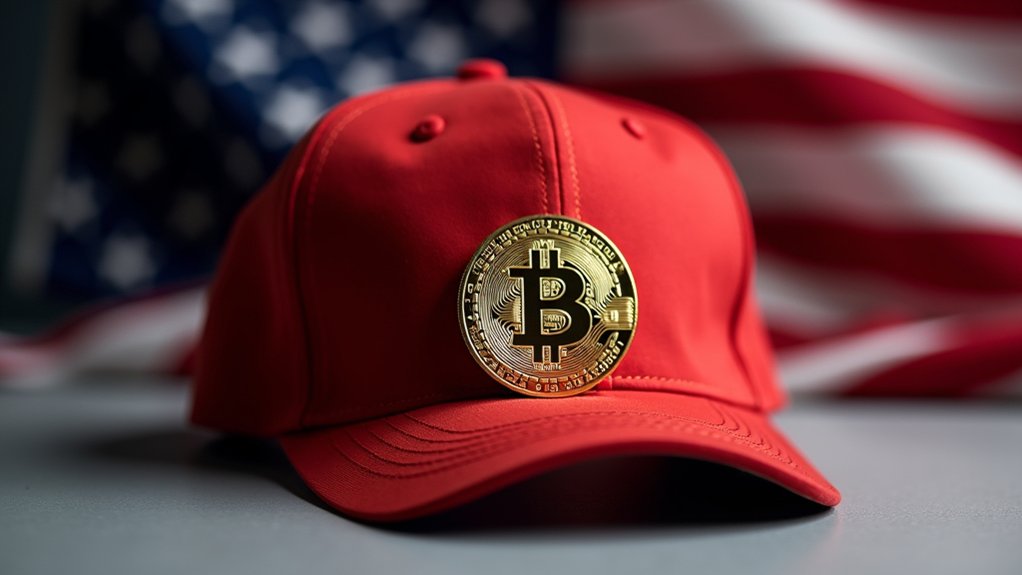The Securities and Exchange Commission has released a regulatory storm on the cryptocurrency industry since 2013, bringing a staggering 207 enforcement actions against digital asset players. Under Gary Gensler‘s leadership, the agency ramped things up considerably, with 66% of those actions alleging fraud. Not subtle. The SEC wielded the Howey Test like a sledgehammer, declaring various digital assets securities and dragging major exchanges like Binance and Coinbase into court.
The markets noticed. Every time the SEC made an announcement, crypto prices dropped an average of 5.2% within three days. Over a month? A brutal 17.2% decline. Trading volumes shrank. Investor confidence tanked. Even the big players weren’t safe from the regulatory shadow. This pattern mirrors typical bear market behavior where regulatory crackdowns consistently trigger significant market downturns.
SEC announcements hammered crypto markets like clockwork—5.2% drops in days, 17.2% crashes over weeks, crushing confidence and liquidity alike.
But now? The winds are shifting. The new administration has established a Crypto Task Force led by Commissioner Peirce. They’re hitting pause on several enforcement cases and downsizing the Crypto Assets and Cyber Unit. The aggressive tactics? Gone. The goal now is finding a “sensible regulatory path” for digital assets.
This task force isn’t messing around. They’re tackling everything: security classifications, relief for token offerings, broker-dealer regulations, lending programs, and even creating a cross-border innovation sandbox. Talk about a full plate.
Recent actions speak volumes. The SEC is dropping its Coinbase enforcement, closing investigations into OpenSea and Robinhood’s crypto division, and issuing statements suggesting meme coins aren’t securities. They’ve even rescinded SAB 121, making crypto custody easier for financial institutions. Their “Spring Sprint Toward Crypto Clarity” roundtables are the cherry on top. The shift aligns with President Trump’s January 23rd executive order that established the President’s Working Group on Digital Asset Markets to review existing regulations. In 2023 alone, the SEC initiated enforcement actions related to nonfungible tokens for the first time, showing how rapidly their regulatory approach was expanding.
Challenges remain, obviously. Balancing innovation with investor protection isn’t easy. Market structure issues need fixing. Token classification needs clarity. And jurisdictional turf wars with the CFTC? Always fun.
Congress might finally act too. Bipartisan support could push forward the Financial Innovation and Technology Act, addressing market structure and stablecoin regulation. Maybe, just maybe, rational crypto regulation is on the horizon. We’ll see.





